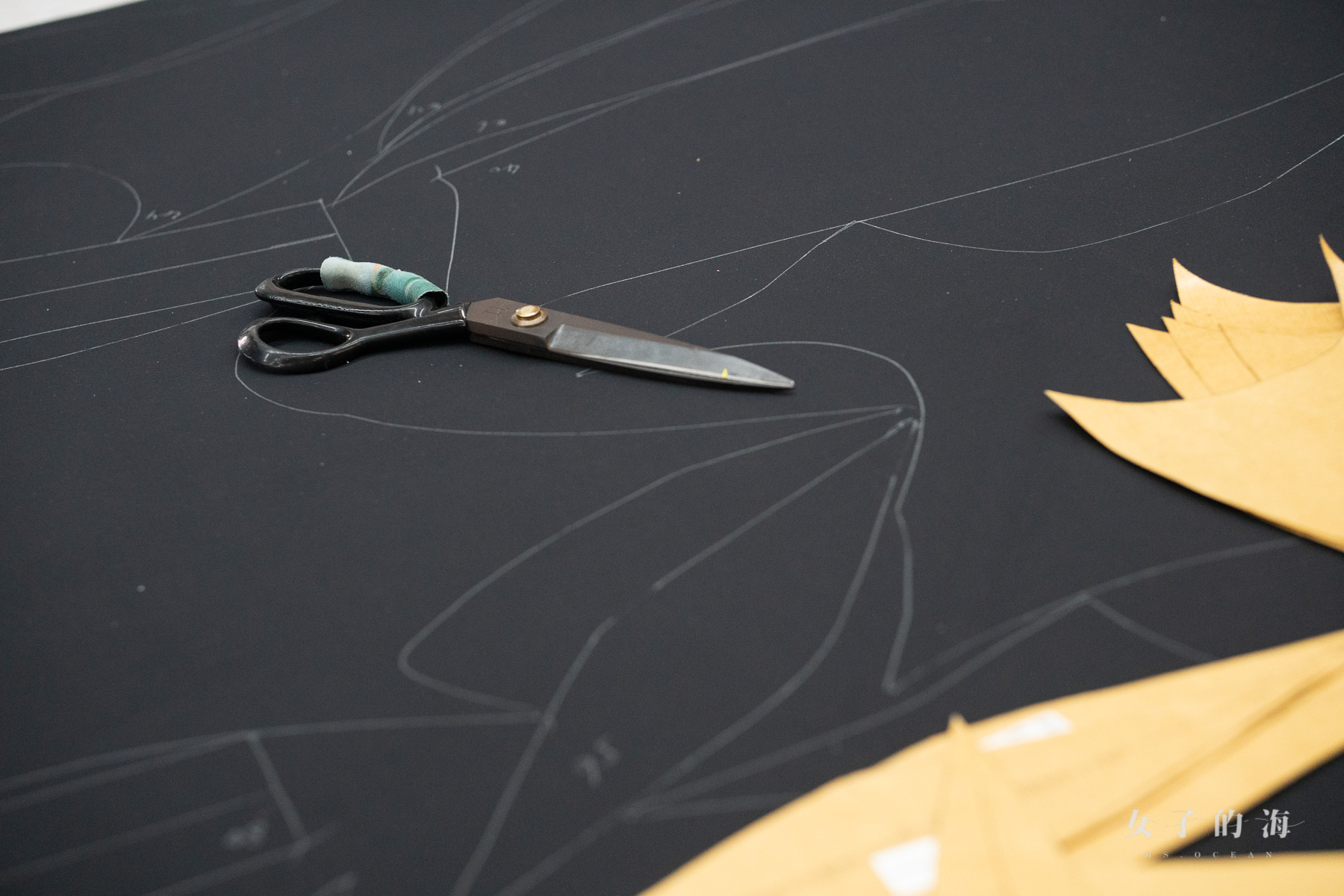
Wetsuits Stitching Methods
- Release Date:
Flatlock Stitch
The flatlock stitch is a sewing technique used in wetsuit construction. Its appearance resembles tire tracks, and it involves directly piercing the neoprene fabric, creating numerous small perforations. As a result, this stitching method can lead to water penetration, affecting the insulation properties of the wetsuit. Flatlock stitching is commonly found in more budget-friendly wetsuits or those with thinner materials, typically 2mm or less in thickness. This method is often employed when blind stitching is not feasible due to the suit’s thinness.
Blind Stitch
The blind stitch is a sewing technique used in wetsuit manufacturing. It is so named because it doesn’t pierce through the wetsuit fabric, preventing the creation of holes. Before the blind stitch is applied, glue is first used to bond the seams together. There are two types of blind stitching: single-blind stitch (GBS – Glued and Blind Stitched) or double-blind stitch (GDBS – Glued and Double Blind Stitched). This method, not creating small holes, enhances the wetsuit’s insulation properties. However, due to the additional steps involved, wetsuits using blind stitching tend to be higher in price. It’s worth noting that this technique is not as suitable for thicknesses below 2mm.
Glued
For outer glide and inner open-cell wetsuits, the bonding process relies solely on glue. This method omits the use of nylon fabric, allowing for maximum elasticity without the friction of seams against the skin. By doing so, it maximizes the inherent softness of chloroprene rubber. However, it’s essential to note that wetsuits using this material are prone to tearing, making them typically suitable for competitive styles. Achieving a fine bond requires meticulous attention to the gluing process, and the quality of the glue is crucial. TRUDIVE utilizes its environmentally friendly water-based glue, offering superior fatigue resistance compared to conventional adhesives.
Over time, the glued areas may experience discoloration, turning yellow or white. While this doesn’t impact functionality, it can affect the aesthetics of the wetsuit. Discoloration is currently an issue without a perfect solution. Exposure to ultraviolet (UV) rays is the primary cause of this discoloration. Therefore, it is advisable to store and dry the wetsuit away from direct sunlight to delay the onset of discoloration.
Circular Tape
Circular tape is a reinforcement method used in the manufacturing of wetsuits, especially at vulnerable seam points that are prone to stress or potential tearing. This technique involves applying circular patches of tape, typically used in conjunction with glued seams or blind stitching. The primary purpose of circular tape is to enhance the durability and waterproofing of the wetsuit, providing additional strength to critical areas that may be susceptible to wear and tear.
| Product Testing |
Product testing is a crucial step in the manufacturing process to ensure the quality of wetsuits. TRUDIVE emphasizes the importance of this step by conducting a final quality control check. After the completion of the wetsuit, it undergoes a high-temperature baking process in an oven. This test aims to verify the effectiveness of the adhesive in securing the seams. If the bonding is not firm, the joints are prone to splitting.
Unlike many other wetsuit factories that might skip this testing phase, TRUDIVE prioritizes quality stability. The use of this final quality control step underscores the brand’s commitment to delivering reliable and durable wetsuits.
In the realm of wetsuit production, the complexity of the cut and assembly process directly correlates with the achieved fit and contour to the body. While intricate cuts and multiple fabric pieces enhance the three-dimensional adherence to the body, it also implies a more intricate production process, leading to increased costs. This complexity becomes a litmus test for a brand’s ability to maintain stable and high-quality manufacturing standards. The pursuit of the perfect wetsuit knows no bounds, and choosing a wetsuit that brings joy to your diving experience is ultimately based on personal considerations.
